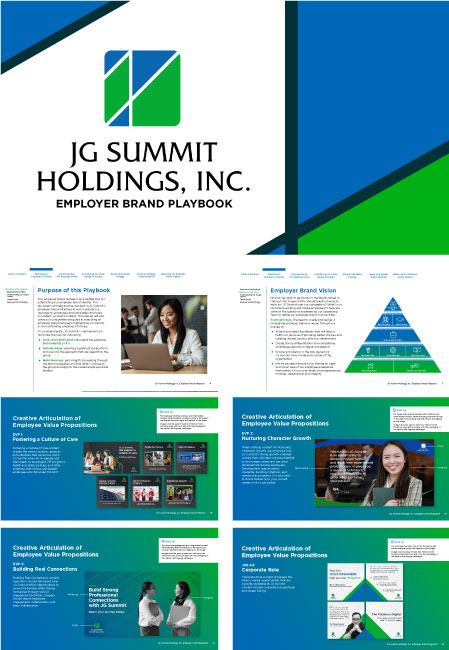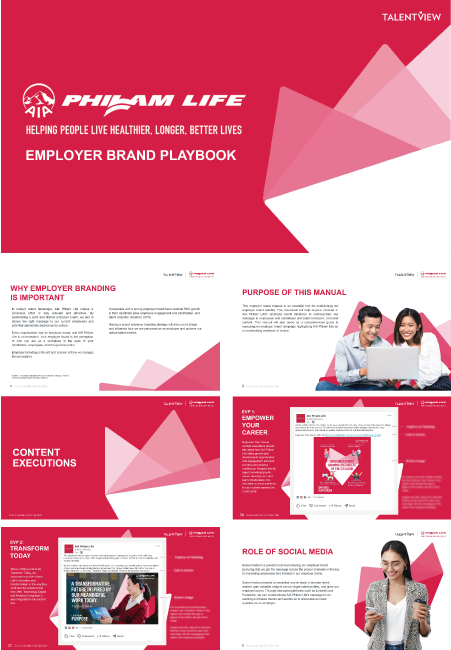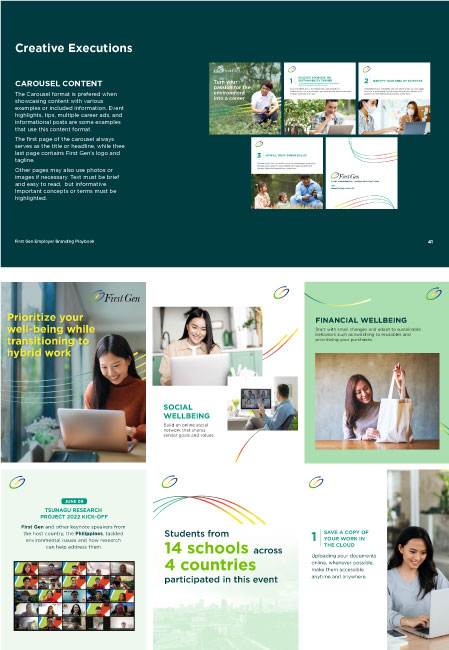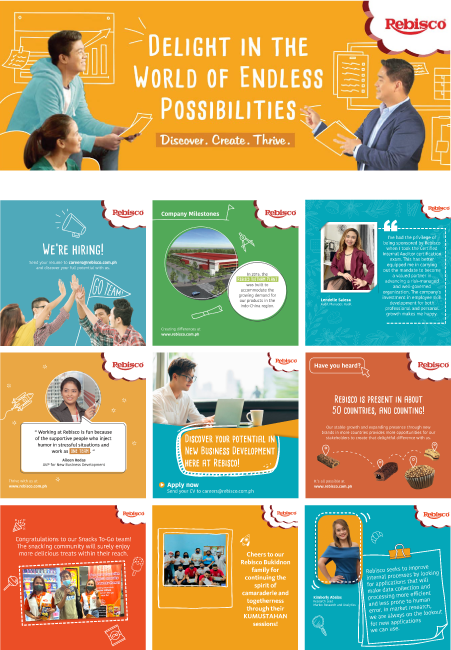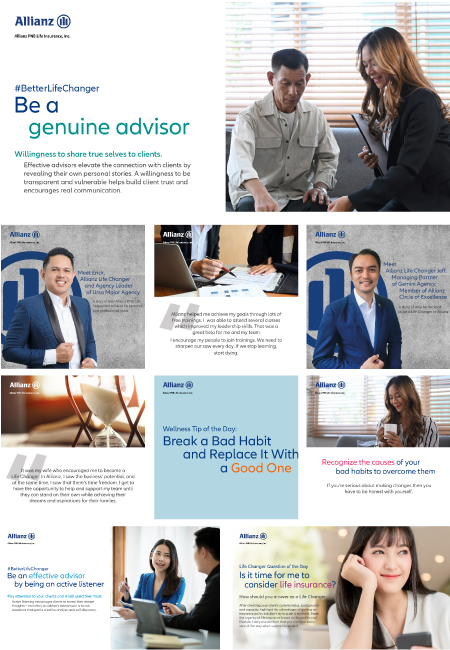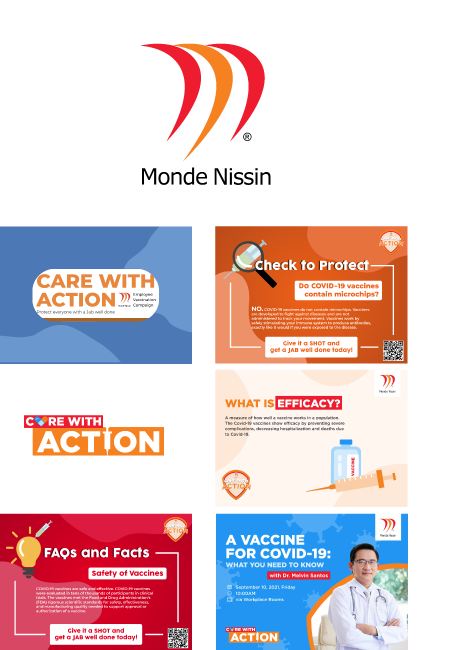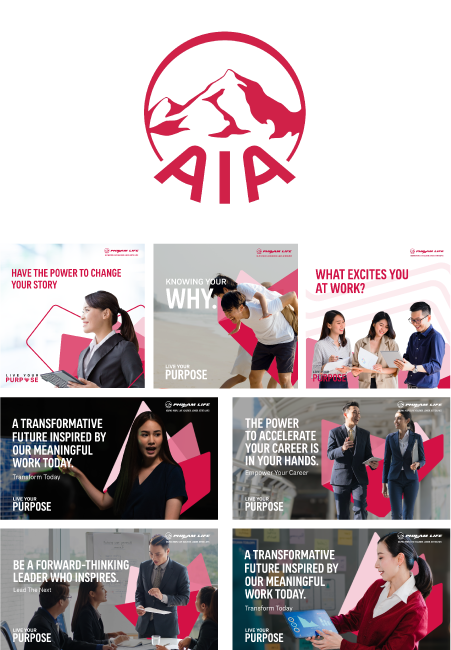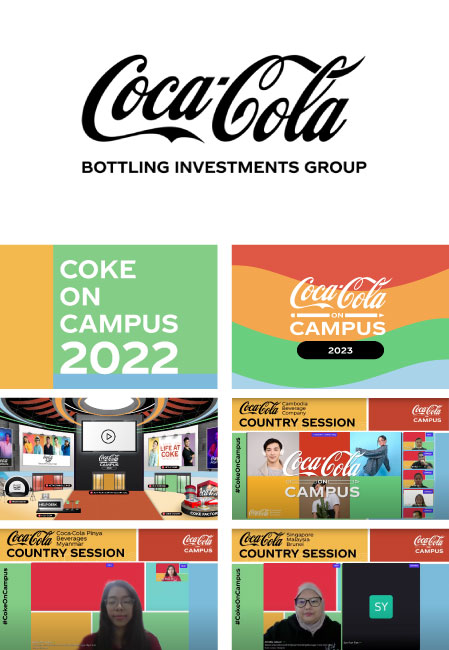Immersive Learning Revolution: A Guide to HR Leaders

The way we learn is undergoing a seismic shift. Traditional, lecture-based training is losing ground to a more engaging and effective approach: immersive learning. This guide explores the business case for immersive learning and equips HR leaders to navigate this exciting revolution.
Why Consider Immersive Learning?
The business world thrives on innovation and agility. Immersive learning offers several advantages over traditional methods:
Increased Engagement: Imagine employees learning new skills by stepping into a virtual reality (VR) simulation or collaborating with colleagues in an augmented reality (AR) environment. Immersive learning fosters active participation, boosting knowledge retention.
Improved Knowledge Transfer: Complex concepts can be challenging to grasp through lectures. Immersive learning allows employees to "experience" scenarios, making it easier to apply new knowledge in real-world situations.
Enhanced Soft Skills Development: Soft skills like communication, problem-solving, and teamwork are crucial for success. Immersive learning simulations can create realistic scenarios where employees can practice these skills in a safe, controlled environment.
Cost-Effectiveness: Traditional training can be expensive, requiring travel, venue rentals, and instructor fees. Immersive learning content can be developed once and used repeatedly, potentially reducing overall training costs.
Shifting from Traditional to Immersive Learning

Making the transition from traditional learning doesn't have to be overwhelming. Here's a step-by-step approach:
Identify Needs: Assess your current training programs and pinpoint areas where traditional methods fall short. Focus on topics that require hands-on experience or soft skill development.
Explore Technologies: Research immersive learning technologies like VR, AR, and 360-degree videos. Consider factors like budget, training goals, and employee comfort level with technology.
Pilot Program: Instead of a full-scale rollout, develop a pilot program for a specific training module. This allows you to test the effectiveness of immersive learning and gather employee feedback.
Content Development: Partner with experienced immersive learning developers to create engaging and effective content. Ensure the content aligns with your training objectives and uses the chosen technology effectively.
Integration & Support: Develop a plan to integrate immersive learning into your existing training programs. Provide ongoing support to employees as they adapt to the new format.
Top 5 Benefits of Immersive Learning

Increased Knowledge Retention: Studies show that immersive learning can lead to knowledge retention rates of up to 80% compared to 10-20% with traditional methods.
Improved Employee Engagement: Interactive and engaging learning experiences lead to higher employee satisfaction and motivation.
Enhanced Skill Development: Immersive learning allows employees to practice skills in a safe environment, leading to faster and more effective skill acquisition.
Reduced Training Costs: Reusable immersive learning content can potentially lower overall training costs compared to traditional methods.
Scalability: Immersive learning content can be easily scaled to accommodate a large number of employees, regardless of location.
Before and After: The Immersive Learning Transformation
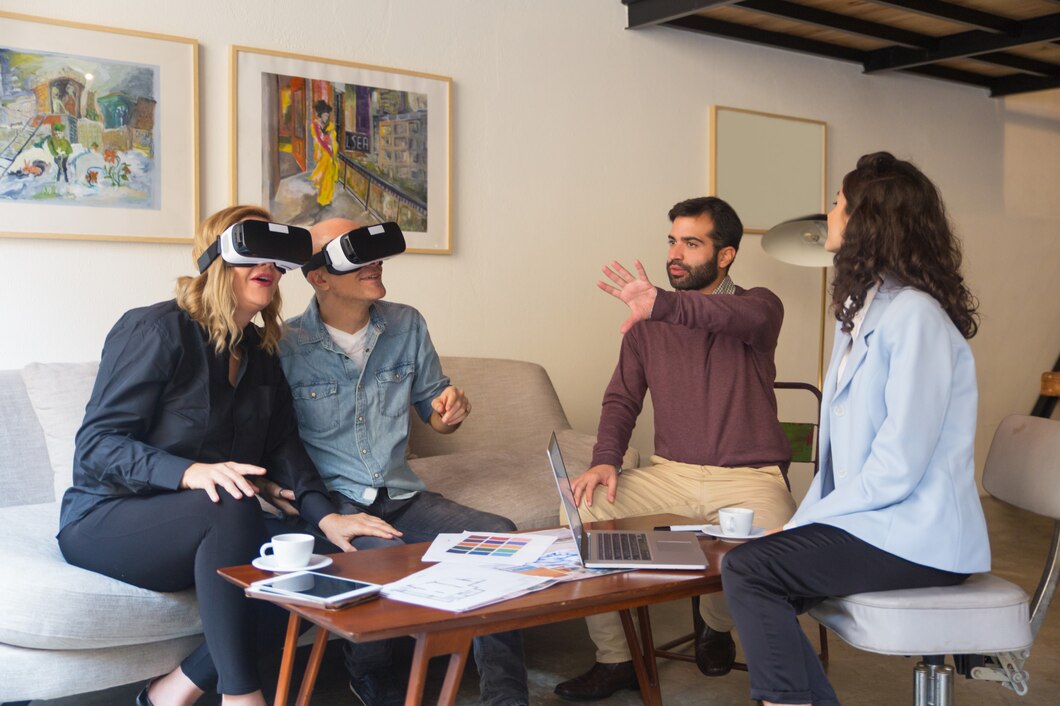
Before Immersive Learning:
- Traditional training methods lead to employee boredom and disengagement.
- Knowledge retention rates are low, requiring frequent retraining.
- Soft skill development is a challenge with limited practical application.
- Training programs are expensive and inflexible.
After Immersive Learning:
- Employees are actively engaged and motivated in the learning process.
- Knowledge retention rates are significantly higher, leading to improved performance.
- Soft skills are effectively developed through realistic simulations.
- Training programs are cost-effective and scalable for a growing workforce.
By embracing immersive learning, HR leaders can unlock a new era of employee development. This guide provides a foundational understanding to propel your organization into the future of learning. Remember, immersive learning is an ongoing journey. Stay informed about emerging technologies and adapt your approach to create a truly transformative learning experience for your employees.






